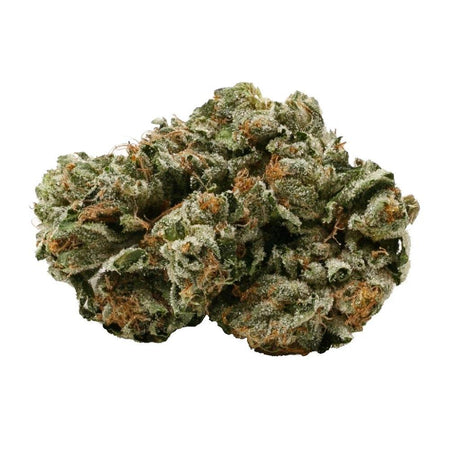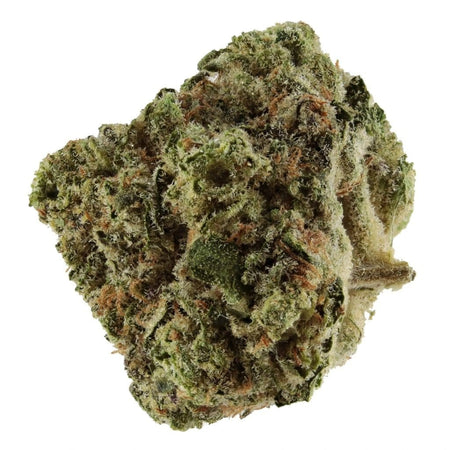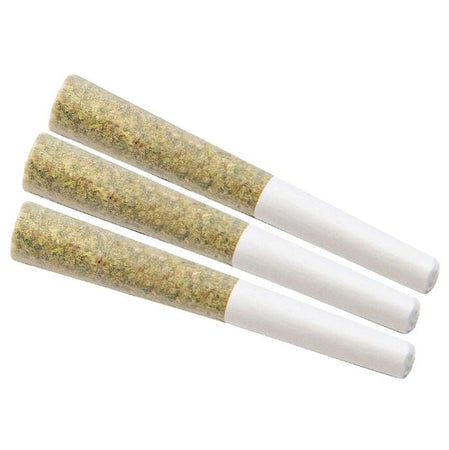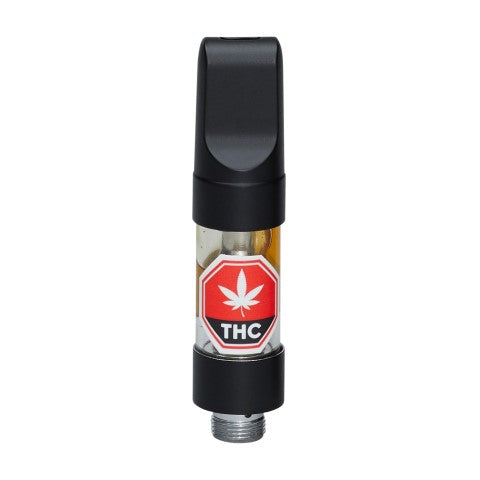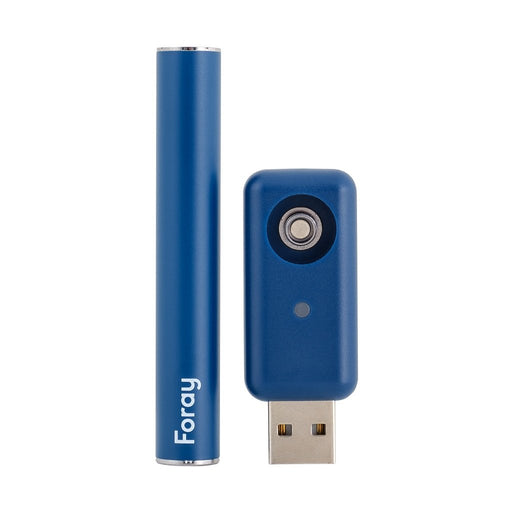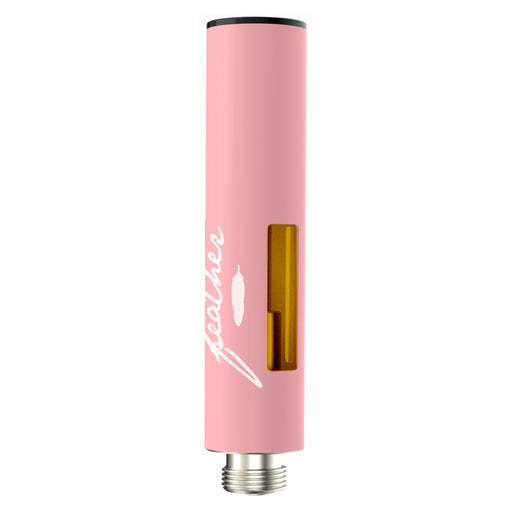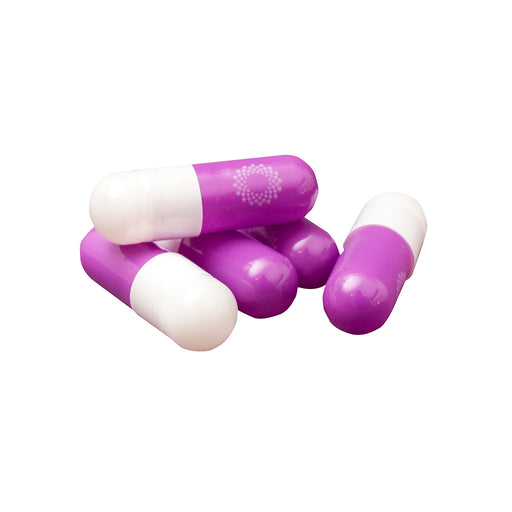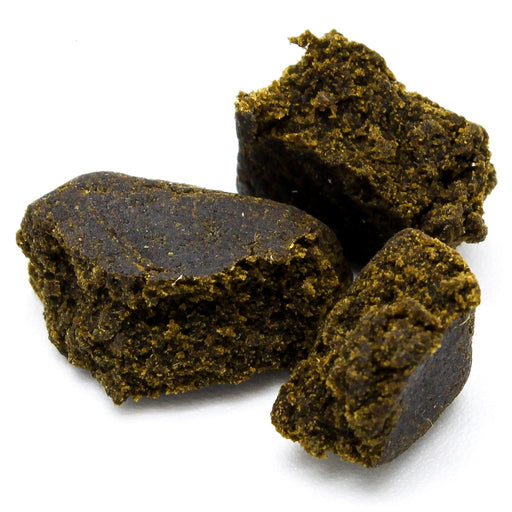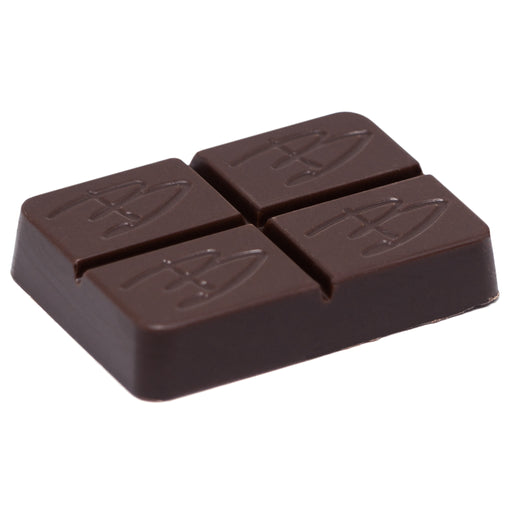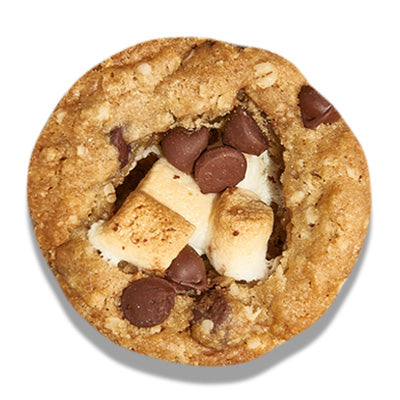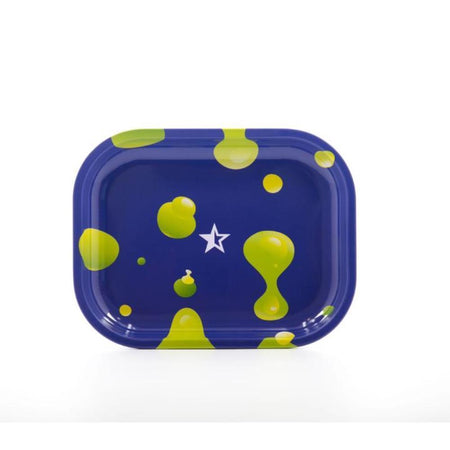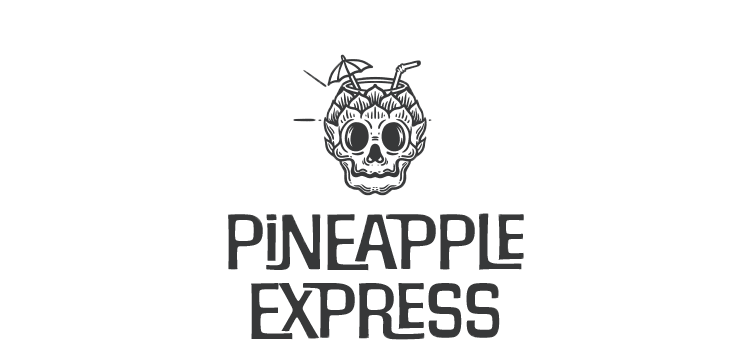Understanding the Basics of THC and CBD Edibles
THC (tetrahydrocannabinol) and CBD (cannabidiol) edibles have gained significant popularity as alternative methods for consuming cannabis. These edibles include a variety of products such as gummies, chocolates, and baked goods, offering a more palatable and convenient option compared to smoking or vaping. The origins of these edibles trace back to traditional practices where cannabis-infused foods were used for both medicinal and recreational purposes.
The primary difference between THC and CBD lies in their distinct effects on the body and mind. THC is the psychoactive component responsible for the “high” sensation associated with cannabis. It affects the brain’s cannabinoid receptors, leading to altered sensory perception, euphoria, and relaxation. On the other hand, CBD is non-psychoactive and is renowned for its potential therapeutic benefits, such as reducing anxiety, alleviating pain, and promoting sleep without causing intoxication.
The legal status of THC and CBD edibles varies significantly across different regions. In some areas, such as certain states in the U.S. and countries like Canada, both THC and CBD edibles are legal for medical and recreational use. However, in other regions, only CBD edibles derived from hemp with less than 0.3% THC are permissible. It is crucial for consumers to understand the legal framework in their jurisdiction to ensure they are purchasing and consuming these products lawfully.
When selecting THC or CBD edibles, understanding potency and dosage is paramount. Edibles can vary widely in strength, and consuming too much can lead to unpleasant side effects. The concept of bioavailability is also critical, as it refers to the proportion of the active ingredient that is absorbed into the bloodstream. Edibles typically have lower bioavailability compared to other methods of consumption, meaning that effects may be delayed and less intense but longer-lasting.
Potential health benefits of THC and CBD edibles include pain relief, anxiety reduction, and improved sleep, among others. However, there are also risks, such as overconsumption leading to severe intoxication with THC or potential interactions with other medications when using CBD. Therefore, consumers should approach these products with caution and ideally consult healthcare professionals to determine the appropriate type and dosage for their needs.
Factors to Consider When Choosing the Right Edible for You
Choosing the right THC/CBD edible involves understanding a variety of personal and product-specific factors. First and foremost, individual tolerance levels play a crucial role. Tolerance can vary significantly based on body weight, metabolism, and previous experience with cannabis products. For instance, those with a higher body mass or faster metabolism may require a higher dose to achieve desired effects. Beginners or those with low tolerance should start with minimal doses to gauge their body’s response.
Identifying the desired effects is another key aspect. Different ratios of THC to CBD can produce varying outcomes. For example, a higher CBD concentration might be preferable for pain relief and relaxation, whereas a higher THC ratio could enhance creativity and provide a more euphoric experience. Understanding these differences will help you select a product that aligns with your needs.
Reading product labels is essential for making an informed choice. Terms like ‘full-spectrum,’ ‘broad-spectrum,’ and ‘isolate’ can indicate the presence of other cannabinoids and terpenes, which may contribute to the entourage effect. Full-spectrum products contain all cannabinoids found in the cannabis plant, including THC. Broad-spectrum products include multiple cannabinoids but are typically THC-free. Isolate products consist solely of CBD or THC, without other cannabinoids.
Starting with a low dose and gradually increasing it is a recommended approach. This method, often referred to as “start low and go slow,” allows you to find the optimal amount for your specific needs without overconsumption. Always follow the dosing guidelines provided by the manufacturer and consult with a healthcare professional if you have any uncertainties.
Consider the impact of other ingredients in edibles. Ingredients such as sugars, artificial flavors, and allergens can affect both the experience and your overall health. For those with dietary restrictions or allergies, scrutinizing the ingredient list is vital to avoid adverse reactions.
Finally, consider where to buy quality edibles. Purchasing from reputable dispensaries ensures that products meet safety and quality standards. Online retailers can also be a convenient option, but it’s important to verify their credibility and read customer reviews. Look for third-party lab testing results to ensure product quality and consistency.
